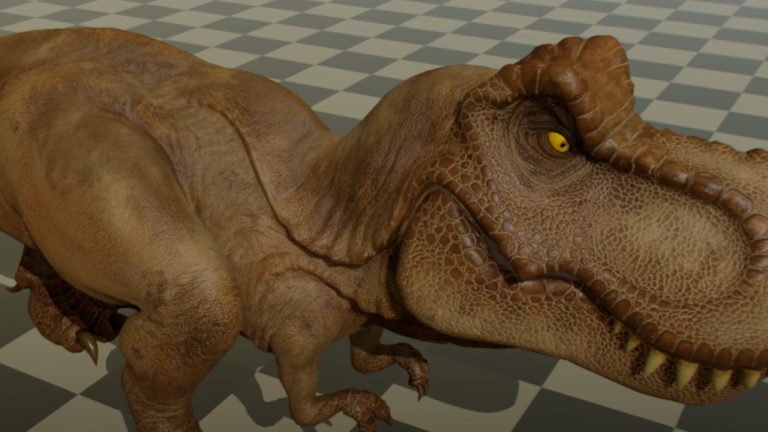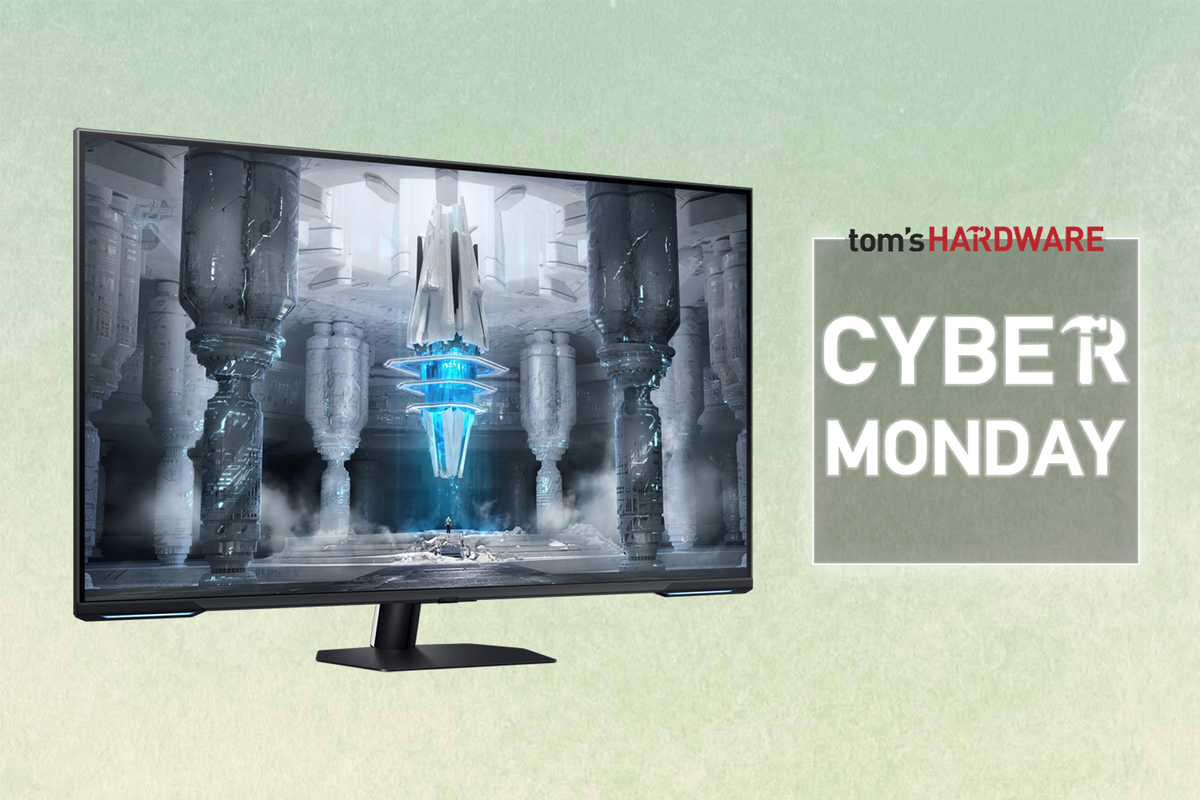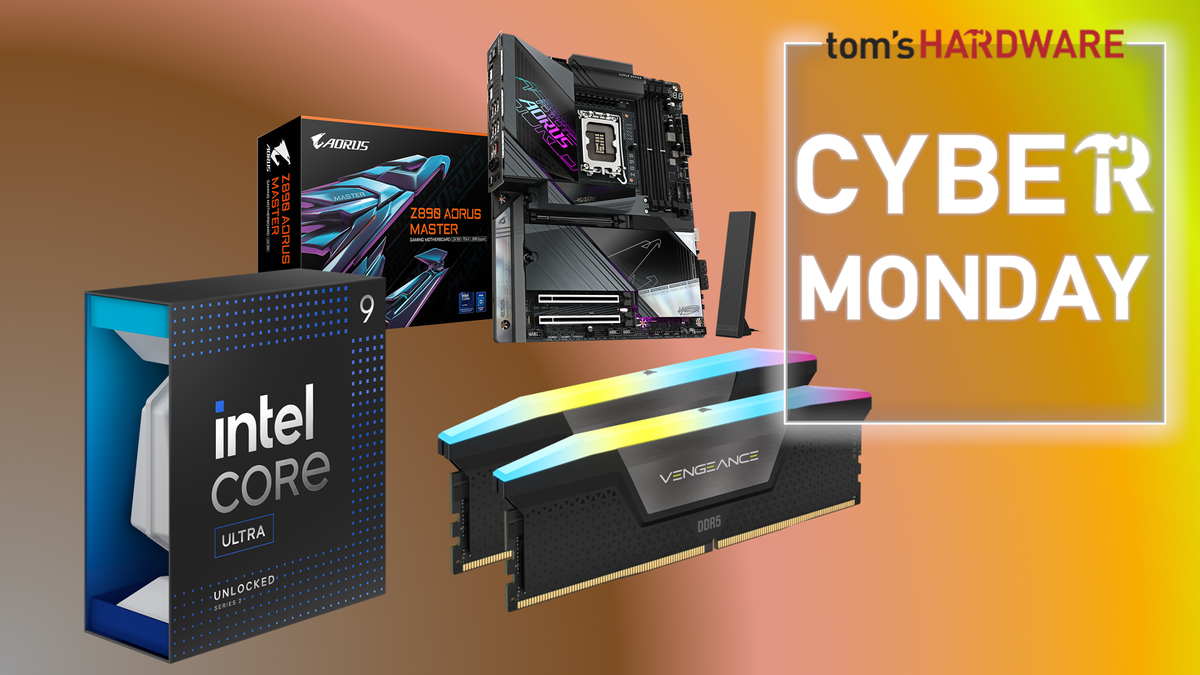Nvidia's Blackwell architecture touts support for a raft of AI-powered "neural rendering" features. Among the more interesting of these is neural texture compression, or NTC. As developers pursue more realistic gaming experiences, texture sizes have also grown, creating more pressure on limited hardware resources like VRAM. An enthusiast has now demoed texture compression tech in action on both Nvidia and Intel test systems, demonstrating massive improvements in compression, a feature that will ultimately allow developers to do more with less VRAM, or to enable more features within the same GPU memory capacity.
NTC promises to greatly reduce texture sizes on disk and in memory and to improve the image quality of rendered scenes compared to the block-based texture compression techniques widely used today. It allows developers to use a small neural network optimized for each material in a scene to decompress those textures.
To enable neural rendering features like these, Nvidia, Microsoft, and other vendors have worked together to create a DirectX feature called Cooperative Vectors that gives developers fine-grained access to the matrix acceleration engines in modern Nvidia, Intel, and AMD GPUs. (Nvidia calls these Tensor Cores, Intel calls them XMX engines, and AMD calls them AI Accelerators).
NTC hasn't appeared in a shipping game yet, but the pieces are coming together. A new video from YouTuber Compusemble shows that an NTC-powered future could be a bright one. Compusemble walks us through two practical demonstrations of NTC: one from Intel and the other from Nvidia.
Neural Texture Compression - Better Looking Textures & Lower VRAM Usage for Minimal Performance Cost - YouTube

Intel's demo shows a walking T-Rex. The textures decompressed via NTC for this example are visibly crisper and sharper relative to those using the block compression method commonly employed today. The results from NTC look much closer to the native, uncompressed texture.
At least on Compusemble's system, which includes an RTX 5090, the average pass time required increases from 0.045ms to 0.111ms at 4K, or an increase of 2.5x. Even so, that's a tiny portion of the overall frame time.
Dramatically, NTC without Cooperative Vectors enabled requires a shocking 5.7 ms of pass time, demonstrating that Cooperative Vectors and matrix engines are essential for this technique to be practical.
Nvidia's demo shows the benefits of NTC for VRAM usage. Uncompressed, the textures for the flight helmet in this demo occupy 272 MB. Block compression reduces that to 98 MB, but NTC provides a further dramatic reduction to 11.37 MB.
As with Intel's dinosaur demo, there's a small computational cost to enabling NTC, but that tradeoff seems well worth it in exchange for the more efficient usage of fixed resources that the technique enables.
Overall, these demos show that neural texture compression could have dramatic and exciting benefits for developers and gamers, whether that's reducing VRAM pressure for a given scene or increasing the visual complexity possible within a set amount of resources. We hope developers begin taking advantage of this technique soon.

 5 months ago
77
5 months ago
77






 English (US) ·
English (US) ·